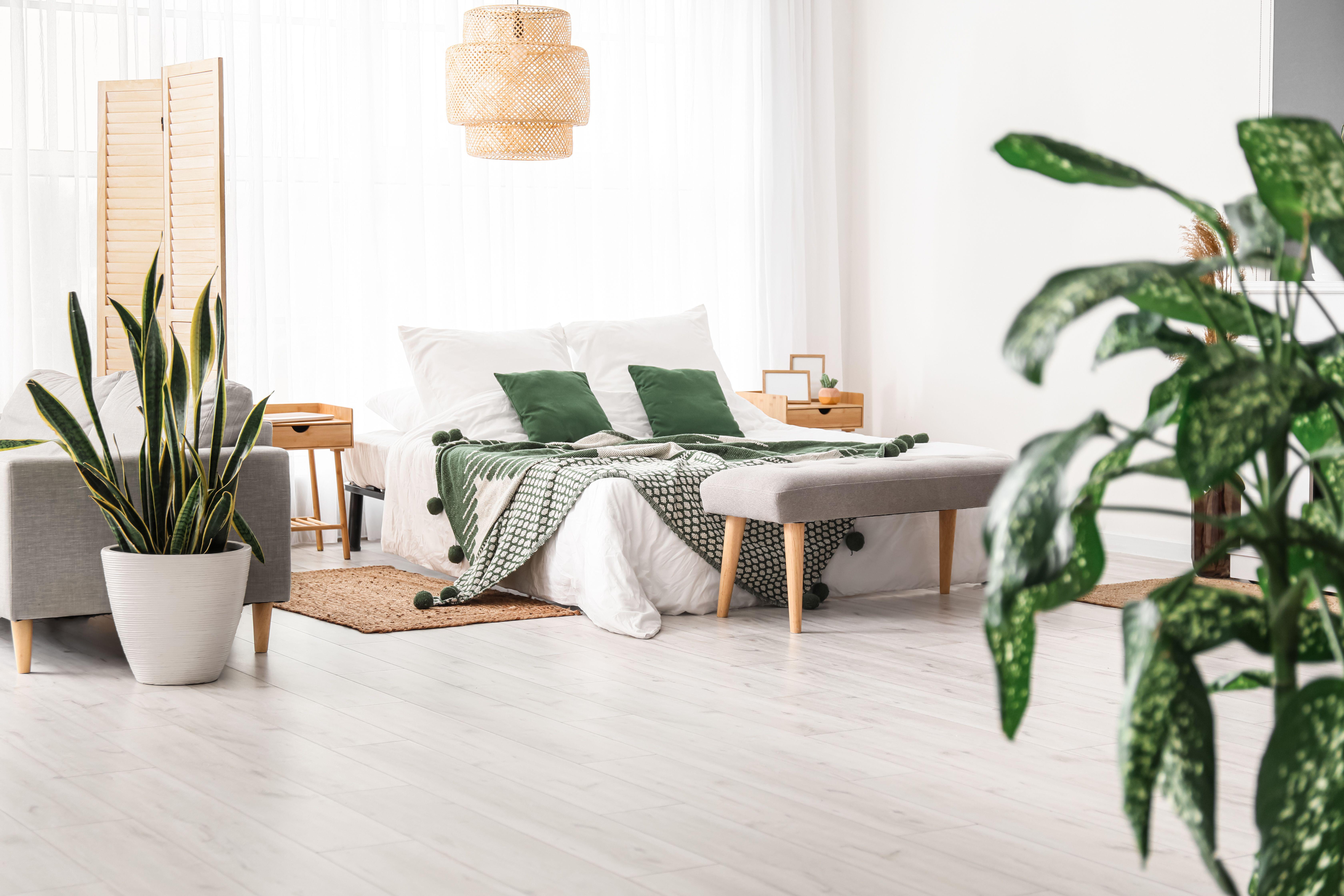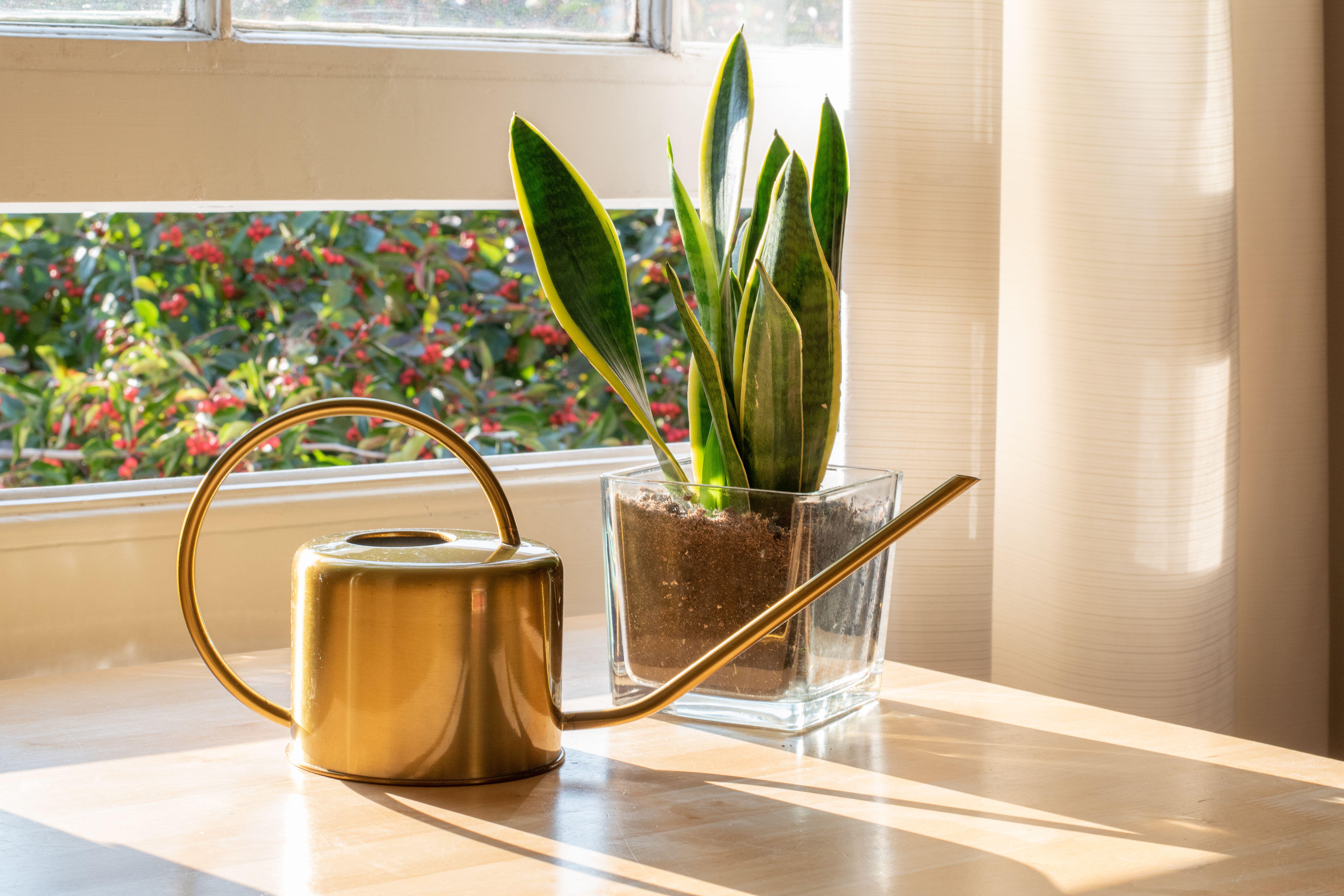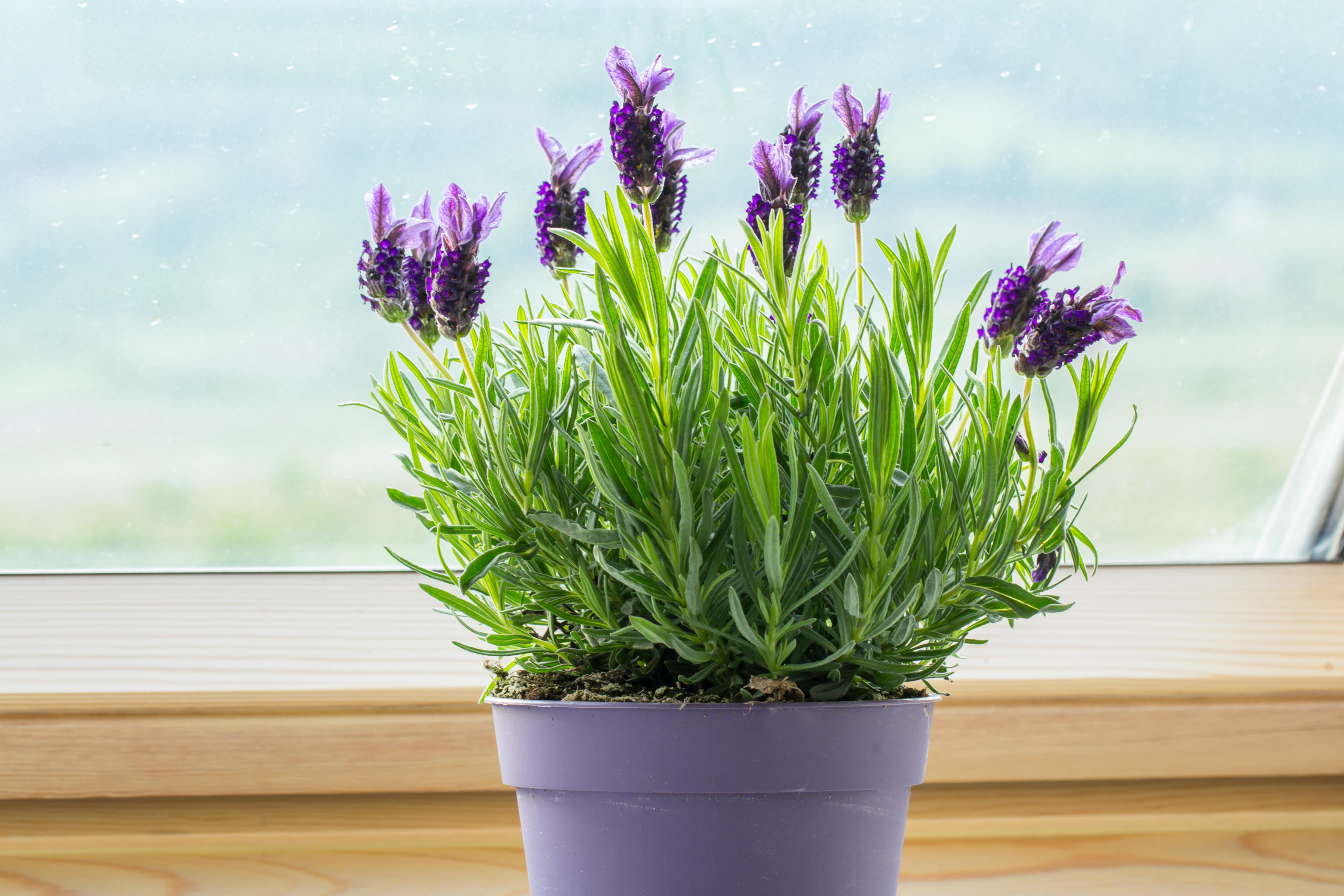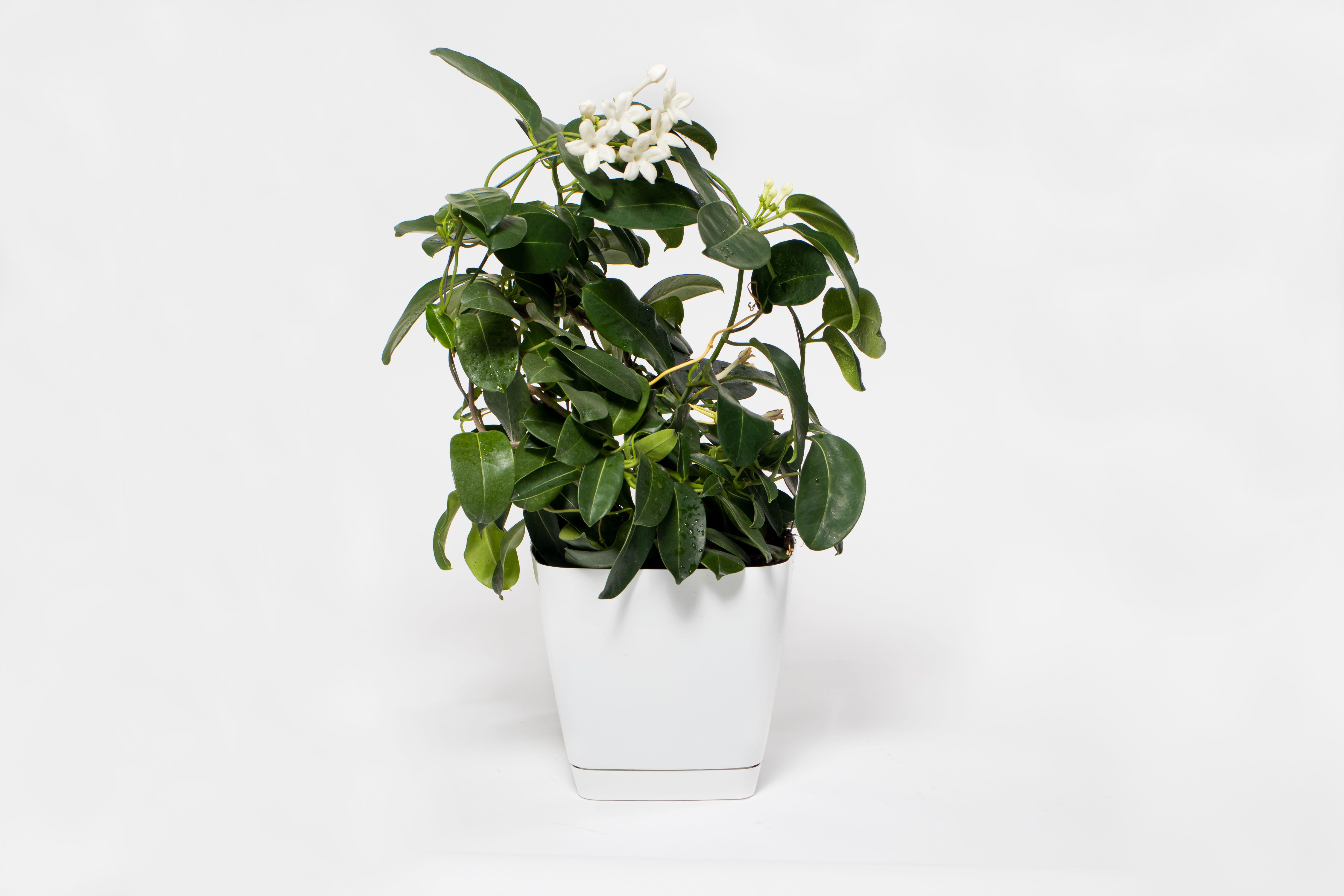These 5 houseplants can truly help you get a better night's sleep
Thanks to their magical air purifying abilities, these houseplants will help you to drift off into a relaxing slumber


Houseplants have the power to change a room in more ways than one. Not only do they look beautiful and add a splash of color to our decor, but their air purifying properties can help us to breathe healthier air for a better night's sleep.
Whether improving moisture, removing harmful toxins or releasing essential oils into the air, there are lots of houseplants out there that have an incredible ability to help us sleep, making them a great addition to the bedroom. Lots of them are great houseplants for beginners and, thanks to the variety of plants available, there's guaranteed to be one out there that fits your style, whether you prefer a bold leafy green look or a more delicate flowering plant.
Fed up of waking up groggy with dark bags under your eyes? Consider adding one of these five houseplants to your bedroom. The solution for how to sleep better so you can wake up feeling fresh as a daisy.
1. Aloe Vera

This humble succulent, known for its spikey leaves which retain plenty of water, is already a staple houseplant in many homes due to its healing and antibacterial qualities. The gel of an Aloe Vera can help soothe burns and cuts, but its powers don't stop there - this clever plant can also improve your sleep.
'Aloe has been found to be one of the best plants for absorbing your carbon dioxide,' says Natasha Bougourd on behalf of Cath Kidston's nightwear department. 'This, alongside its production of oxygen at night, helps provide better air quality in your bedroom, giving you a better, more restful sleep.'
Aloe plants require little water but lots of sunlight so make sure to place it in bright spot like a windowsill. Too much direct sunlight can scorch it's leaves though, so don't leave it on a west or south-facing windowsill through the heat of summer.
2. Spider Plant

There are some spiders you certainly don't want in your bedroom, but this powerful houseplant isn't one of them. The spider plant is heralded for its ability to remove harmful toxins from the air such as formaldehyde, which is sometimes found in hairsprays and cleaning products.
The Livingetc newsletters are your inside source for what’s shaping interiors now - and what’s next. Discover trend forecasts, smart style ideas, and curated shopping inspiration that brings design to life. Subscribe today and stay ahead of the curve.
'Formaldehyde can cause many problems including wheezing, difficulty breathing, and skin irritation,' says Natasha. 'With bedrooms being the space where many choose to get ready, toxins from aerosols can build if the room isn’t ventilated properly.' For this reason, it's a good idea to introduce a spider plant to the bedroom to help purify your air for a peaceful night's sleep.
These plants are tolerant to shade so they won't need lots of sunlight to thrive, making them the perfect addition to your bedroom shelves. Although they'll probably survive in darker corners, they'll still want plenty of indirect light to keep them healthy. Try hanging one inside a macramé hanger to display its beautiful long curved leaves.
3. Snake Plant

Not to be confused with the spider plant, the snake plant has similar superpowers when it comes to improving your air quality. Their stiff, pointed leaves can not only draw both toxins and allergens from the air, but they also add moisture to your room by producing oxygen at night which helps prevent you from waking up with a dry throat or dehydrated skin.
'Snake plants are also efficient in removing nasty substances like nitrogen oxide, benzene, and xylene from the air,' says Natasha. 'Nitrogen oxide can cause respiratory problems, meaning that a snake plant will not only give you a more restful night’s sleep, but it can also have additional health benefits.'
For the less green thumbed among us, snake plants also make a great houseplant because of their resilience to drought and lack of sunlight. They will thrive in most settings, whether they're kept in direct sunlight or shade and they only need watering once every few weeks. The different types of snake plants, from variegated versions to dwarf varieties, means you're bound to find the perfect type to fit your bedroom's style, too.
4. Lavender

If you've ever visited a spa, you'll probably be aware of the amazing aromatherapy benefits of lavender. The oil of this pretty purple flower is often found in humidifiers, diffusers and pillow sprays due to its deliciously sweet, herbal scent and inhaling it is said to promote relaxation, helping those with insomnia and other sleep disorders.
It's no surprise then that a lavender plant makes a wonderful addition to your bedroom. According to Natasha: 'Not only does the colour of the plant itself help promote meditation aiding a deeper sleep, but the scent is also known to reduce blood pressure.'
Toss away the dried lavender bags and opt for a cultivated houseplant instead to reap this plant's full benefits. Leave on your night stand so the subtle scent will help you drift off into a blissful sleep. When it comes to caring for a lavender plant indoors it will require plenty of sunlight and moderate watering to thrive, so make sure to give it the attention it deserves.
5. Jasmine

Jasmine, like lavender, is an aromatherapeutic plant with studies suggesting that inhalation of this its sweet scent can increase sleep quality by suppressing the nervous system, improving mood, and reducing anxiety.
'It is also said to reduce movement in your sleep, leading to a more restful night,' explains Natasha. If you're a light sleeper who tosses and turns often, introducing this floral plant into your bedroom might help you to wake up feeling refreshed.
Although the jasmine plant is a delicate plant, it needs plenty of water to thrive. During blooming season it will need a more dedicated watering regime to keep the soil moist. It will also need at least six hours of sunlight a day, so place it close to a window to keep it fresh and healthy.

Lilith Hudson is a freelance writer and regular contributor to Livingetc. She holds an MA in Magazine Journalism from City, University of London, and has written for various titles including Homes & Gardens, House Beautiful, Advnture, the Saturday Times Magazine, Evening Standard, DJ Mag, Metro, and The Simple Things Magazine.
Prior to going freelance, Lilith was the News and Trends Editor at Livingetc. It was a role that helped her develop a keen eye for spotting all the latest micro-trends, interior hacks, and viral decor must-haves you need in your home. With a constant ear to the ground on the design scene, she's ahead of the curve when it comes to the latest color that's sweeping interiors or the hot new style to decorate our homes.